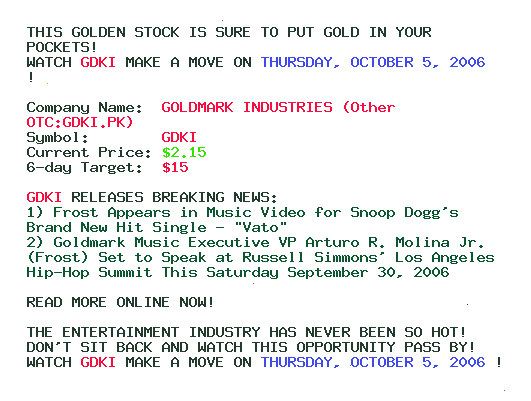
The Ag atom is surrounded by four arsine ligands forming a distorted tetrahedral configuration. The combination of the four-stranded chain and the double-chain leads to a three-dimensional network.
The complete molecule is generated by twofold symmetry, with the Mn atom lying on a twofold rotation axis. The CuII ion assumes a distorted square-pyramidal coordination geometry.
The acetate anions are hydrogen bonded to the coordinated hydroxyl groups and also to the free arm, forming a two-dimensional sheet-like motif. A twofold axis, which is parallel to the c axis, is located at the center of a tetramer.
These are connected by TBC dianions, forming a three-dimensional network. These are further aggregated to form a three-dimensional supramolecular structure via hydrogen bonding to chains of corner-sharing tetrameric and chair-like hexameric water clusters. The NiII atom is in a distorted octahedral geometry. S hydrogen bonds, results in a tetranuclear complex with all Na atoms pentacoordinated. The four coordinated water molecules and the hydroxyl atoms from the ligand form intermolecular hydrogen bonds, resulting in a three-dimensional supramolecular network. The two Ni atoms are bridged by two phenolate O atoms of the macrocycle with an Ni.
The tridentate BIPI ligand is essentially planar. The unique ZnII atom is in a distorted tetrahedral coordination environment. The Ni atom, which lies on a centre of inversion, is coordinated by two imidazole and two water ligands, as well as by the formylbenzoate groups, in an all-trans octahedral geometry.
The O atoms of six DMSO molecules are bonded to the MnII ion in a distorted octahedral geometry. The water-coordinated YbIII atom completes a nine-coordination mode via seven O atoms from four carboxylate ligands, in a monocapped square antiprism.
The cation lies on a crystallographic twofold rotation axis and the anion lies on a centre of inversion.
O hydrogen bonds, forming a three-dimensional framework. The acetate anions are hydrogen bonded to the coordinated hydroxyl groups and also to the free arm, forming a two-dimensional sheet-like motif. The molecule is centrosymmetric. One of the nitrate ligands chelates in a bidentate manner and the other is monodentate. The Ni atom, which lies on a centre of inversion, is coordinated by two imidazole and two water ligands, as well as by the formylbenzoate groups, in an all-trans octahedral geometry. The Ni atom lies on a centre of symmetry.
O hydrogen bonds, forming a three-dimensional framework.